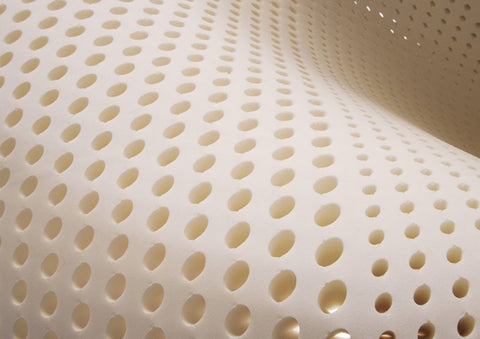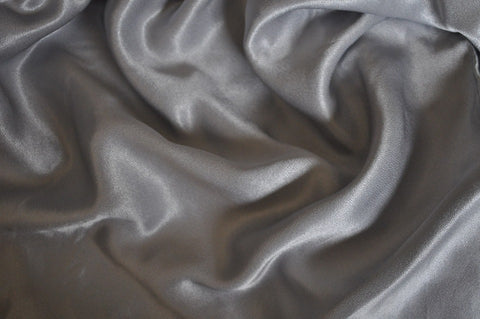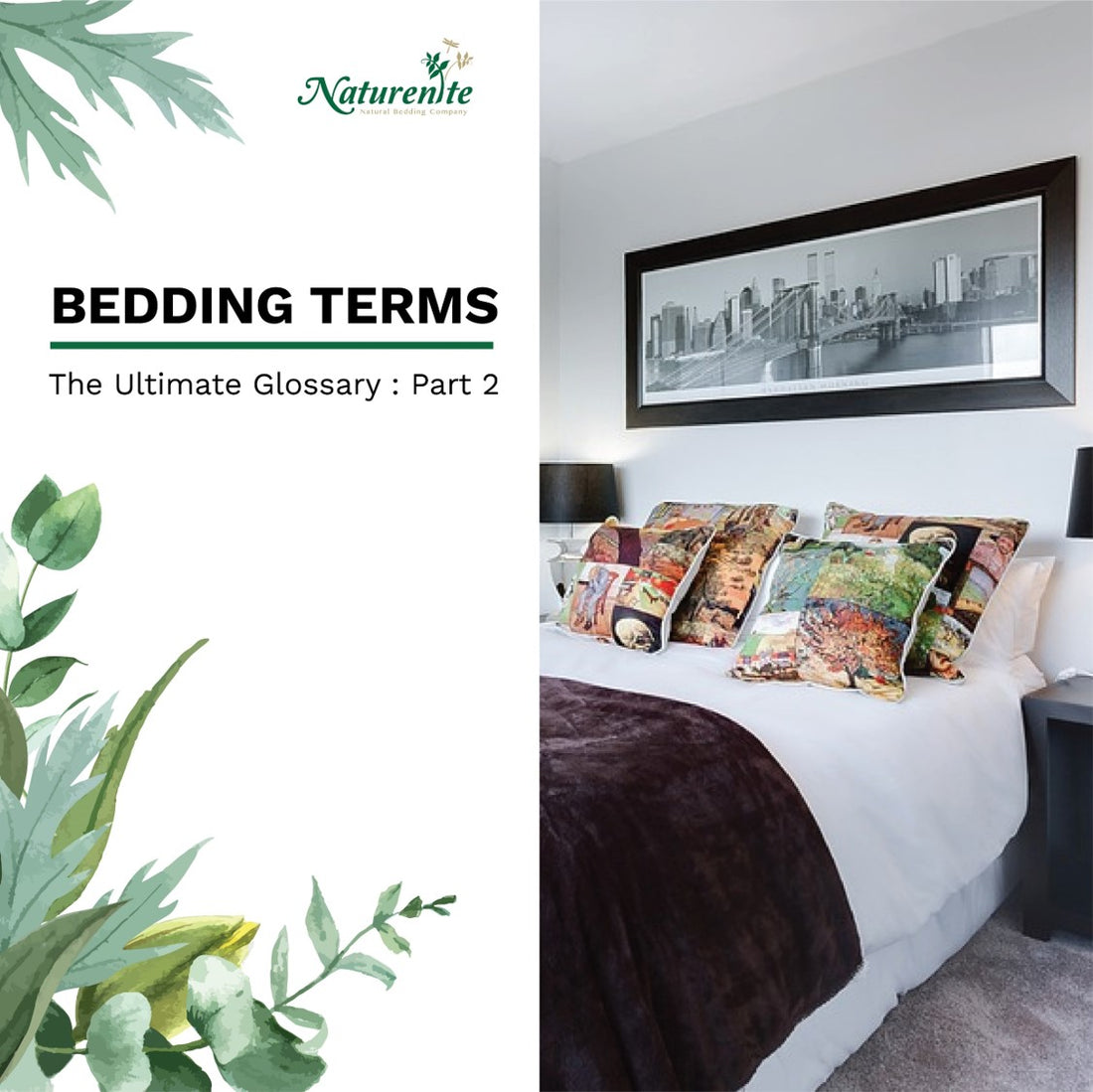
So – you think you know all you absolutely can about bedding? Well, think again! There are lots of terms and jargon used daily in the bedding industry that we amateur shoppers are completely unaware of. In order to make your bedding shopping experience as smooth and simple as possible, it’s a good idea to at least have some idea about what exactly you’re talking about (or trying to talk about). Below we present to you the official dictionary of bed wear part 2 – click here if you haven’t read part 1.
E
Euro sham: Decorative pillow covers for square pillows. These pillows are usually placed behind the normal pillows for decoration purposes or are used as part of a beautifully coordinated bedding set.
Eyelet: Decorative embroidery lining the edges of a small hole as part of the design work.
F
Fine Micron Wool: A micron is the measurement of the diameter of a strand of woolen fiber. A lower micron that is, a finer fiber results in higher quality cloth and is of higher demand and expense.
Flannel: A soft, light-woven fabric made from wool, synthetic fibers, or cotton. Though the material is very soft, flannel sheets do tend to be warm.
Fleece: A synthetic, insulating fabric made from a type of polyester. The cloth is soft and resembles sheep’s wool.
H
Hypoallergenic: Materials that are hypoallergenic have a lesser probability of causing allergic reactions, either directly or after washing the cloth.

J
Jacquard: A special type of cloth which contains textured patterns embroidered into the fabric itself (not on top of the fabric). Tapestries and damask fabrics are all made of jacquard weaves.
L
Lace: Beautiful, delicate fabric that is woven into intricate patterns and added to sheets or covers to embellish them. The fabric is very thin and is a great look for decoration.
Linen: One of the most common fabrics in the world, linen is as soft as it gets besides cotton and will serve you well in terms of comfort and cooling fabric.
M
Microfiber: Synthetic fabric made from tightly woven fibers to form a waterproof front and smooth surface.
Matelassé: Used usually in making coverlets, this is a soft, jacquard-woven fabric with a quilted appearance and puckered surface to add texture.
P
Piping: A thin, border of cloth used to line a hem or to outline a material. It is used for decoration purposes and may be the same or a contrasting color to the original material.
Pockets: The corners of fitted sheets sized specifically to accommodate today’s thicker mattresses.
Polyester: A common synthetic fabric that is easy to care for, machine washable, wrinkle-resistant, and quick to dry. Materials are often a mix of polyester with another substance such as cotton.
Q
Quilt: A type of blanket (of varying thickness) that consists of two layers of fabric stitched together and filled with batting such a polyester fiber fill. The cover materials of the quality are usually stitched decoratively with colorful patterns and designs for an appealing, artsy look.
Quilt sets: Matching bedding sets consisting of a quilt, two standard shams and in some sets a decorative pillow too.
S
Sateen: A silky, soft fabric made using a satin weave. It has a slight shine to it, is very slippery, and isn’t easy to wrinkle.
Satin: Smooth, synthetic fabric that is gorgeous to look at and incredibly soft and silky to touch.

Sham: A decorative pillow covering, designed with artful trims and laces to match a set of bedding. Shams are usually placed in front of the regular pillows which have a normal casing.
Sheet set: A complete set of sheets consisting of a fitted sheet, a flat sheet, and two standard-sized pillowcases (depending on the size of the bed).
Shell: The outer material encircling a comforter.
Silk: A natural fiber, woven from silkworms and admired greatly for its smooth, soft texture and luxurious appearance.
Suede: Fuzzy leather type of fabric made from cotton, silk or other synthetics.
T
Thread count: The total number of threads lined horizontally and vertically per square inch in a woven fabric.
Liked what you read? Bookmark this post so you can find easily when you need it! You’ll become a pro bedding shopper in no time.

